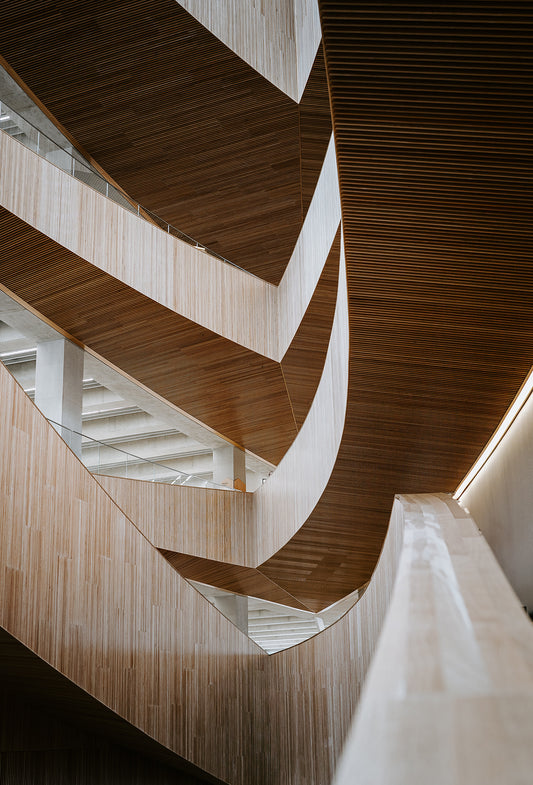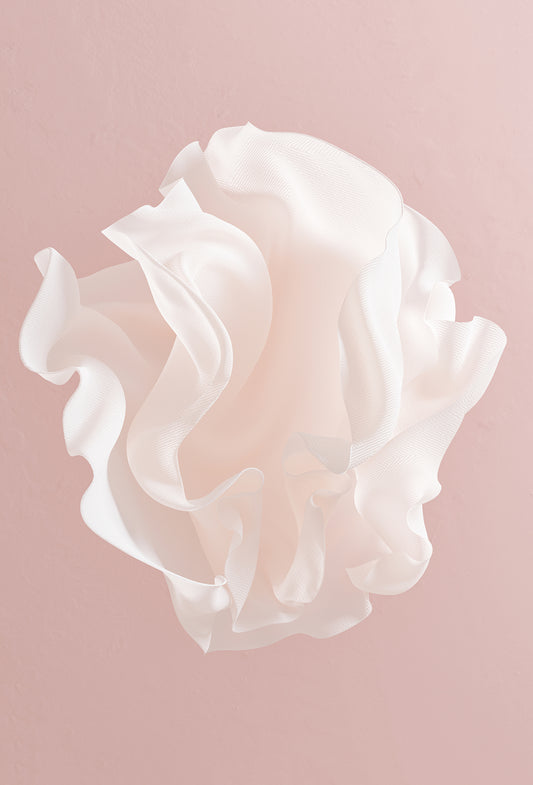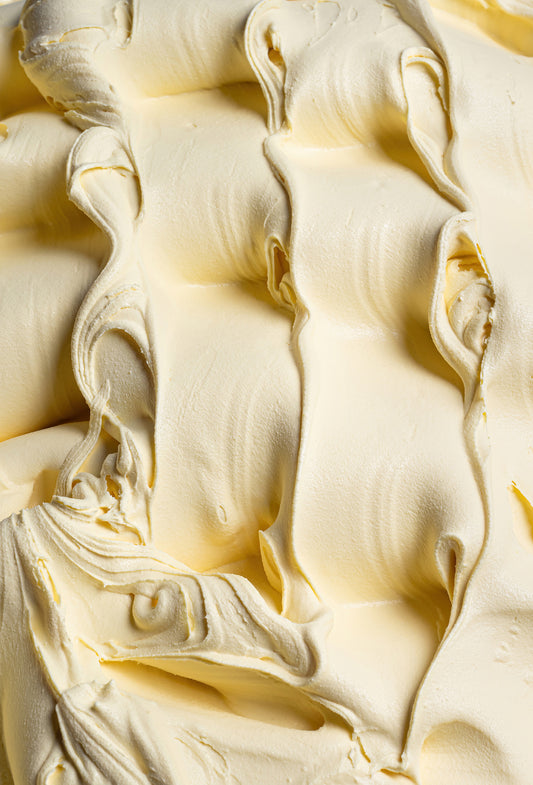Why do we use bases in perfume making? What purpose do they serve and why is there suddenly such a resurgence in their use? The answers to these questions are covered in this brief article in which we put forth the case for bases, bases and more bases. Many modern fragrances are now once again being created around this style of classical fragrance construction, and those that aren't… probably should be!
Classical Perfumery
Perfumers historically used many bases in the construction of their perfumes. Henri Robert, the perfumer who created a number of the masterpieces of Coty and Chanel created a lily-of-the-valley base he called Muguet des Bois which was then simply diluted in ethanol and sold as a perfume of the same name (Coty, 1941).
Edmund Roudnitska loved Muguet des Bois and designed his perfume Diorissimo (Dior, 1956) around it. In fact, Diorissimo was more than 50% Muguet des Bois base with the simple additions of florals and woods. Returning the compliment, Henri Robert took a muguet bases by Roudnitska (Coroliane De Laire) and combined it with the other classic De Laire muguet base Mayciane to create No 19 (Chanel, 1970).
Muguet des Bois also made an appearance in Poison (Dior, 1985) by Edouard Fléchier, illustrating its evergreen construction. Other famous fragrances relying heavily on muguet bases were both Arpège (Lanvin, 1927; Andre Fraysse & Paul Vacher) and Miss Dior (Dior, 1947; Jean Carles & Paul Vacher) with their hefty doses of Muguet Royale. Fraterworks carries all four plus others.
Miss Dior was perhaps the greatest fragrance of the 1940s with the only other competition being Iris Gris (Jacques Fath, 1946; Vincent Roubert). Iris Gris was built on more than 35% of a single iris base and consequently all modern attempts to replicate it failed because that base was unknown to most.
Coty created his last perfume La Fougeraíe au Crépuscule (Coty, 1933) on a 40% overdose of Ambreine Rustica and who can forget his masterpiece, L'Origan, with its astonishing 25% carnation, the great Dianthine base of Chuit Naef & Cie.
Building upon the incredible creations of other master perfumers has always been a facet of fragrance design though sadly today the use of rich bases filled with natural absolute and essential oils has been somewhat superceded by replica scents based upon linear readings of computer generated GCMS print outs. There is even now talk of artificial intelligence creating scents.
Fraterworks® brings these marvelous bases of the past back in masterful restorations based upon direct knowledge of the originals. We modify only where necessary to bring these artworks into compliance with cosmetic regulations, eschewing any prohibited materials such as musk ambrette and musk xylene. We otherwise retain all the original high doses of natural oils (Mysore sandalwood, jasmin grandiflorum and rose de mai are used liberally).
Modern Perfumery
In addition to these historic products, we also create our own modern bases using the very best of perfume science in combination with that same classical dedication to natural materials. Our Sandexol® is a storm of natural woods boosted by a perfectly balanced accord of radiant sandalwood synthetics, while Royal Leather is the scent of the finest and most luxurious bespoke leather goods.
Aventus (Creed, 2010; Jean-Christophe Hérault) is built using a realistic neroli base and a little-known herbal base. The same neroli is also found in Green Irish Tweed (1985; Pierre Bourdon) also from Creed. Égoïste (Chanel, 1990; Jacques Polge) contains a wonderful modern leather base.
Costly Naturals
Few perfume houses or perfumers can afford high amounts of the absolutes and oils of jasmin, rose and neroli. But not only do our modern oil-replacing bases give you the complete spectrum of the material they stand in for, they all contain the naturals they are replacing. This is a huge win for your fragrances but also your marketing department who can legitimately say that your perfume contains real jasmine absolute when you use our Jasmin Imperial, or real rose absolute or oil with our Rose Imperiale and Rose Essence, and even genuine finest Moroccan neroli in our classic Floronol base.
We even sell natural bases, compliant with ISO 9235.





